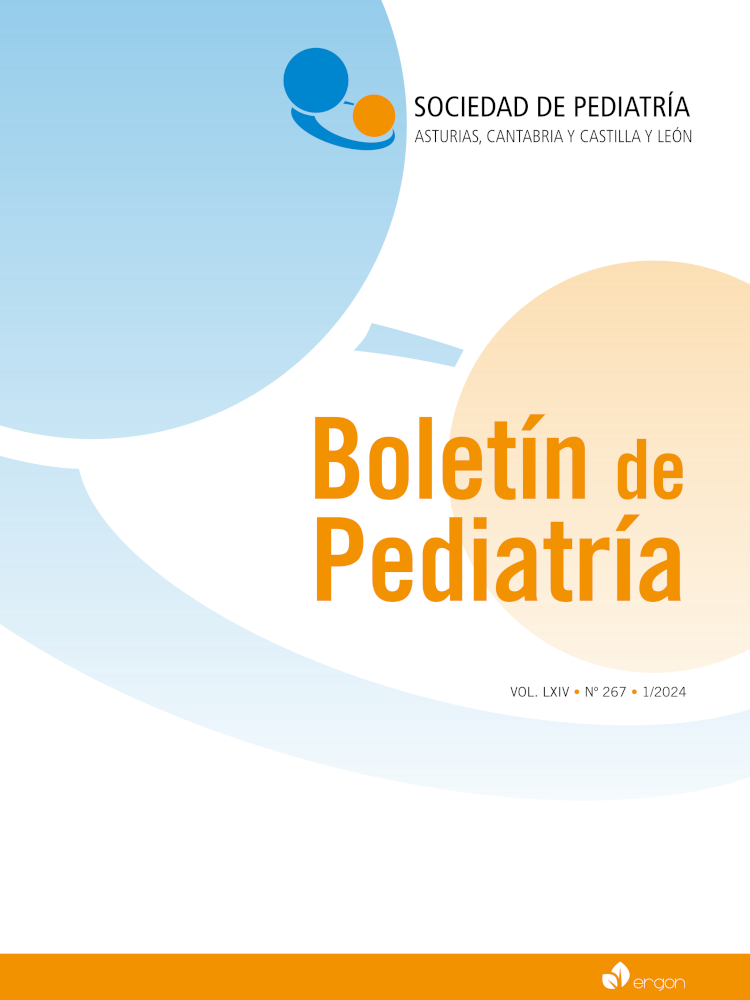Abstract
Introduction. Nirsevimab was the first monoclonal antibody to be implemented in order to prevent respiratory syncytial virus (RSV) infection in all infants in their first months of life. The use of a vaccine in pregnant women (RSVpreF) using a different way of immunization but still sharing the same objective in infants has recently been approved. Thus, there is a necessity to evaluate a new immunization strategy.
Development. Nirsevimab showed good clinical efficacy and safety data in medical trials. After its inclusion in the 2023-2024 epidemic season, coverage in Spain has been very high and preliminary results seem to maintain the trend shown in the trials. An adequate assessment of its efficiency is still pending. RSVpreF has similar results but, for now, only in trials and although it could have some immunological advantages, it is unknown if it would result in actual efficacy. Even so, this new vaccine, supported by health and scientific organizations, would provide a safe and effective alternative. Nonetheless, even with the implementation in the RSVpreF vaccine schedule, Nirsevimab will continue to be a key factor in the protection of certain infants.
Conclusion. The approval of the RSVpreF vaccine in pregnant women adds a second immunological tool against RSV infections in infants. RSVpreF and Nirsevimab may play a complementary role in the prevention of these infections.

This work is licensed under a Creative Commons Attribution-NonCommercial 4.0 International License.
Copyright (c) 2024 Boletín de Pediatría
